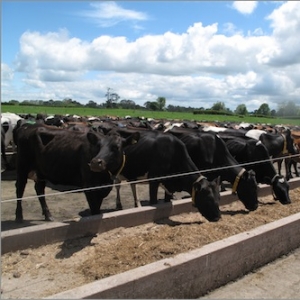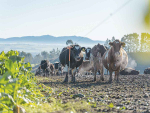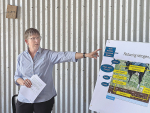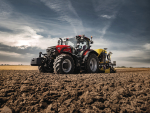“There is a good amount of forage already grown on the farm that gets wasted,” says consultant nutritionist James Hague who works with Ballance’s animal feed firm SealesWinslow. “The waste isn’t underfoot, it’s within the cow.”
The key to correcting that is getting the balance of nutrition right, Hague says.
“Some purchased feeds do little to improve the utilisation of grass and silage, so we look at balancing the diet to help extract as much feed value as possible from the whole diet, to find the most effective and efficient way of turning feed into milk.”
SealesWinslow has tools which compare potential milk production to actual. The aim, says Hague, is to “identify the gaps and come up with the approach for filling those gaps so that production and profitability are optimised.”
The firm has analysed at least 500 herds using a milk prediction software programme, comparing farm actual production to target production to identify deviations as the season progresses. On average an extra 30,000kgMS/farm could be produced based on the optimum milk curve from their peak production figures.
It’s a figure worth noting, Hague says. “At a $5.00/kgMS payout, that’s an additional $150,000 gross income.”
To ensure diets are profitable SealesWinslow looks at return on dollars invested in feed. Margin is a key measure and needs to be sufficient to add profit and fit with cashflow.
Good s**t!
A SIMPLE, practical way to gauge quality of a bought feed is by assessing the herd’s dung, says Hague.
If a purchased feed is not well processed, or the diet is out of balance, there will be runny, bubbly dung. It is an indication feed is passing through the digestive system too fast, with inadequate fermentation and feed value is being lost.
Poorly fermented feed passing out of the rumen into the lower digestive tract can undergo a secondary fermentation known as ‘hind gut fermentation’. Such fermentation produces acids which can damage gut linings. This is unpleasant for the cow and energy is used in the repair process – energy that should be used for milk production.



















